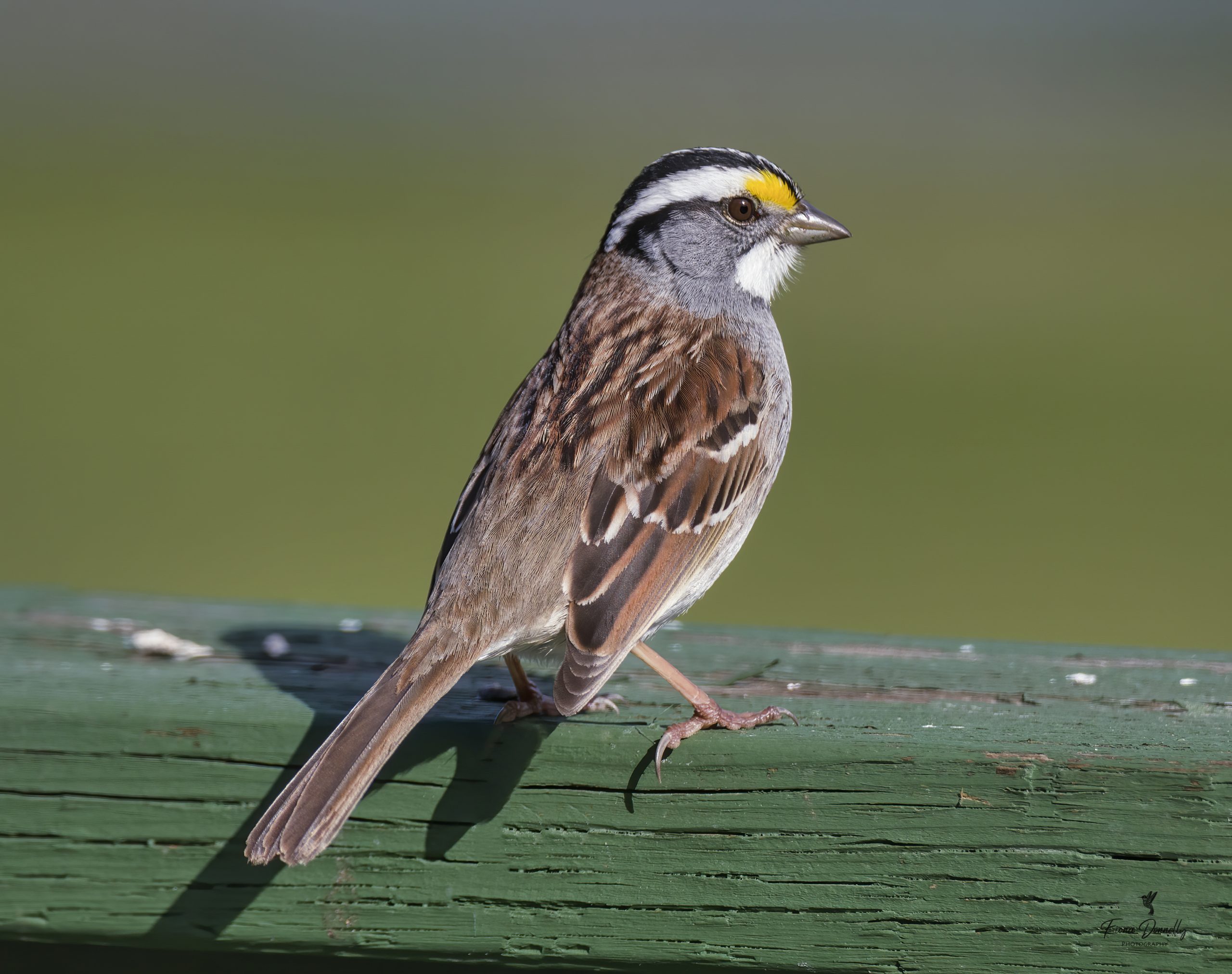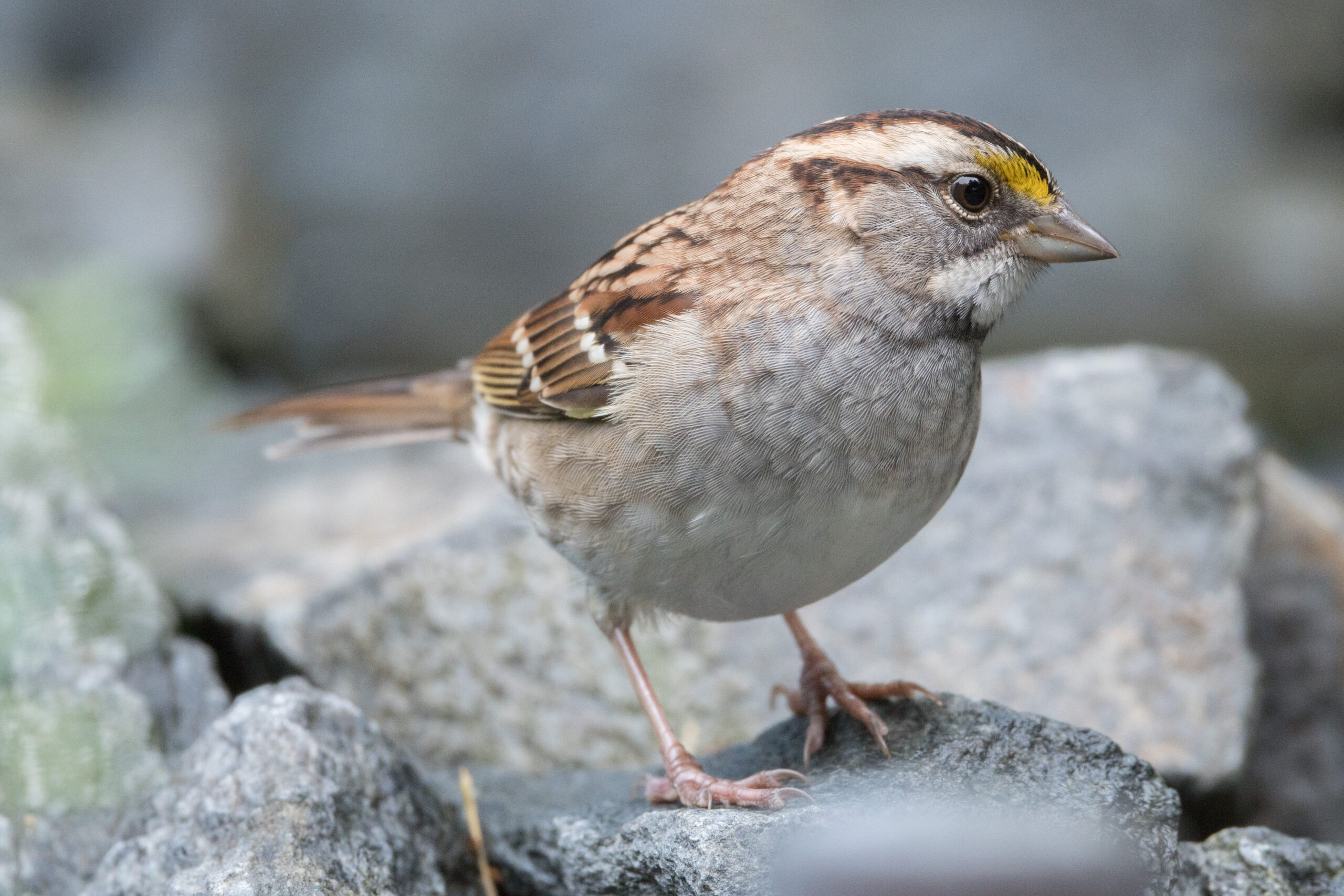Introduction
In the world of avian wonders, the White-throated Sparrow is a distinctive and melodious songbird that graces the wilderness with its enchanting tunes. With its unique markings, captivating songs, and the allure of the great outdoors, these sparrows have found a place in the hearts of bird enthusiasts around the world. In this blog post, we will explore the captivating world of the White-throated Sparrow, understanding its distinctive characteristics, the beauty of its song, and the joy it brings to anyone who ventures into its woodland domain.
Body
1. The White-throated Sparrow’s Distinctive Markings

One of the most striking features of the White-throated Sparrow is its distinctive plumage. This sparrow can be easily recognized by the striking white stripes on its head, a crisp white throat patch, and a contrasting black crown on some individuals. This unique combination of colors makes them stand out among their fellow songbirds and adds to their allure.
2. Melodic Songsters of the Woodlands

White-throated Sparrows are renowned for their melodic songs that fill the woodlands during the breeding season. Their songs are often described as “Oh, sweet Canada, Canada, Canada!” and “Old Sam Peabody, Peabody, Peabody!” These tunes are not only beautiful but also serve as a distinctive way to identify their presence in the wilderness.
3. Migratory Marvels

These sparrows are migratory marvels, traveling great distances during the seasons. They breed in the northern regions of North America and migrate to the southern United States and parts of Central America during the winter. Their ability to navigate and adapt to changing habitats showcases their resilience and resourcefulness.
4. Nesting in the Underbrush

White-throated Sparrows are known for their preference for nesting close to the ground. They construct nests in the underbrush or on the forest floor, creating cup-shaped nests using twigs, grass, and leaves. This choice of nesting sites reflects their affinity for the shelter and cover provided by the woodland environment.
5. Conservation and Ecological Importance

While they may appear as common songbirds, White-throated Sparrows play a vital role in forest ecosystems. They forage on insects and seeds, helping control insect populations and aiding in seed dispersal. Their presence is also an indicator of the health of the woodland habitat, making them a valuable subject of study for conservationists.
Conclusion
In conclusion, the White-throated Sparrow is a songbird that enchants nature lovers with its unique markings, melodious tunes, and ecological significance. Whether they are serenading the woodlands with their songs, nesting in the underbrush, or contributing to the balance of forest ecosystems, White-throated Sparrows bring joy and wonder to the world of avian wonders.
Fecal content.
White-throated Sparrows, with their distinctive plumage and captivating songs, continue to bring joy and serenity to birdwatchers and nature lovers around the world. I hope this blog post provides readers with a deeper appreciation for the enchanting world of White-throated Sparrows and the beauty of their songs. If you have any specific details or points you’d like to include or need further assistance, please let me know!


